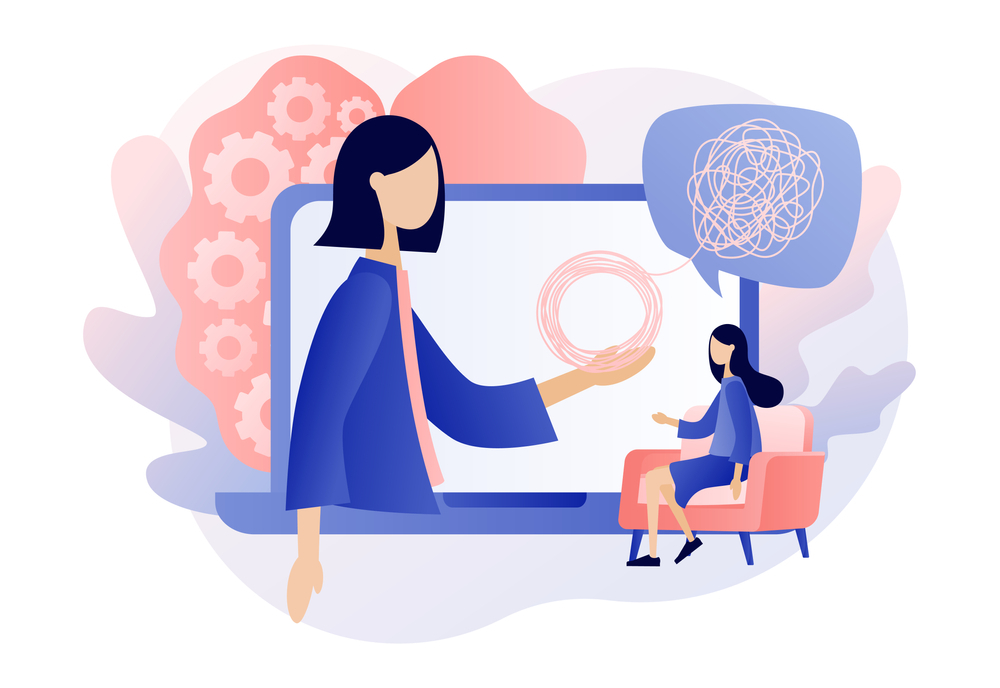
Depression
What Exactly it is?
Depression is a word that is widely used but less understood. It is often confused with sadness, anxiety, phobia or stress.
Sadness, feeling down, having a loss of interest or pleasure in daily activities – these are symptoms familiar to all of us. But, if they persist and affect our life substantially, it may be depression. Depression is a mood disorder characterized by persistently low mood and a feeling of sadness and loss of interest. It is a persistent problem, not a passing one, lasting on average 6 to 8 months.
According to the World Health Organization (WHO), depression is the most common illness worldwide and the leading cause of disability. They estimate that 350 million people are affected by depression, globally.
Sometimes physical problems can cause depression. But other times, symptoms of depression are part of a more complex psychiatric problem.


Depression is not only of one type
Types of Depression
- Dysthymia and chronic depression (now called persistent depressive disorder)
- Seasonal affective disorder
- Psychotic depression
- Unipolar and bipolar depression
- Postpartum depression
Symptoms Of Depression
How to identify about Depression?
- Feelings of emptiness, hopelessness
- Despair and sadness
- Irritability, anxiousness, and guilt
- Feelings of exhaustion, severe tiredness
- Lack of energy and Feeling out of control
- Loss of interest in pleasurable activities
- Inability to concentrate
- Suicidal thoughts or attempts of suicide
- Sleep disturbances or Insomnia
- Mood swings and feelings of tearfulness
- Loss of interest in pleasurable activities
- Inability to concentrate
- Suicidal thoughts or attempts of suicide
- Sleep disturbances or Insomnia
- Panic attacks
- Changes in appetite
- Physical symptoms – aches and pains
- Cramps, headaches
- Digestive issues, bloating
- Disinterest in daily activities
- Awareness of thought and behaviour patterns
- Knowledge about one’s distorted thought and behaviour patterns help to identify, understand and break that chain that contribute to depression.
- Healthy coping mechanisms
- Through the course of therapy healthy coping mechanisms and personal self care activities are planned and practiced to cope with stressful situations and prevent relapse.
- Positive, productive thought patterns
- Client is equipped to consciously gain awareness about their unhelpful patterns of thinking and are armed with tools to challenge these thoughts.
- Emotion regulation Techniques.
- Learnt to express and channelize negative emotions in a productive manner thereby increasing positive mood.

Deal and heal your Depression!
With jinal sanghavi’s counselling & therapy
